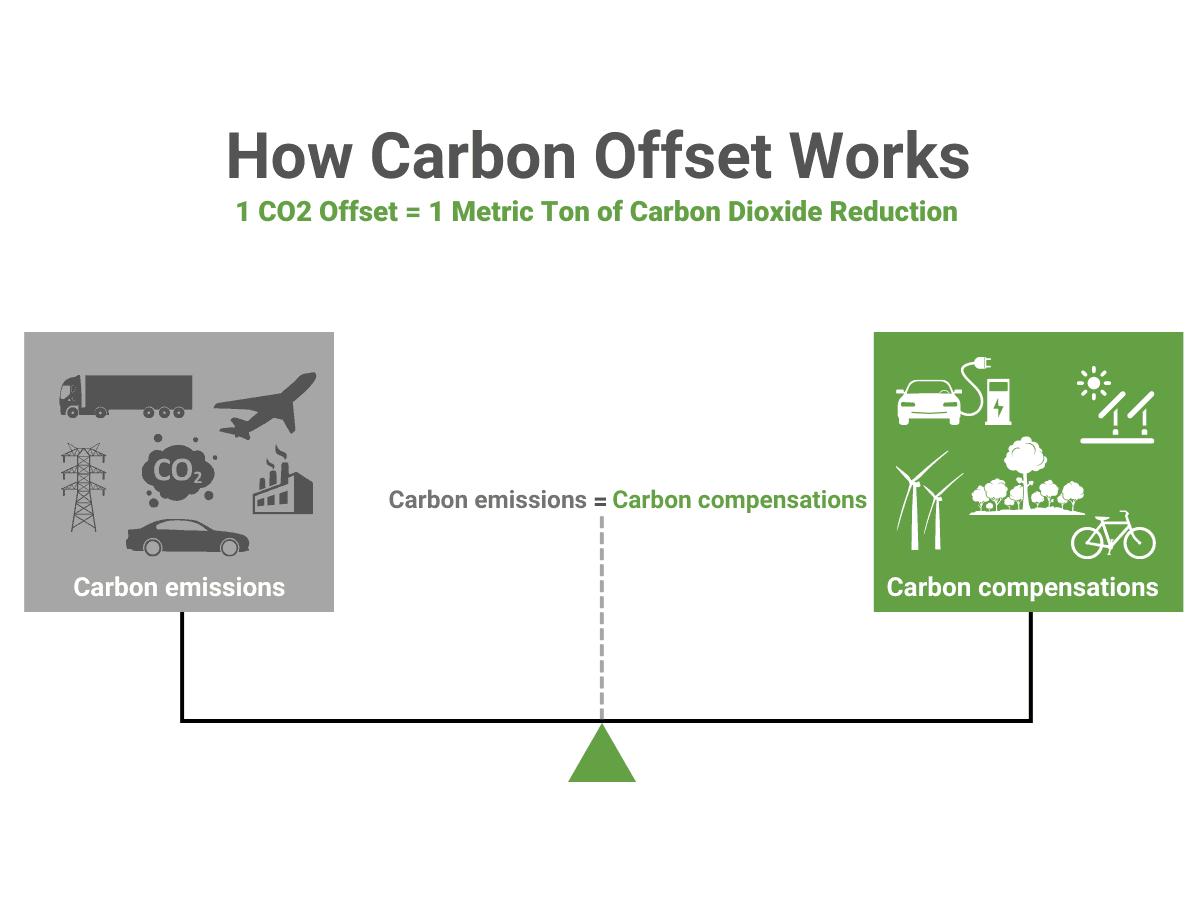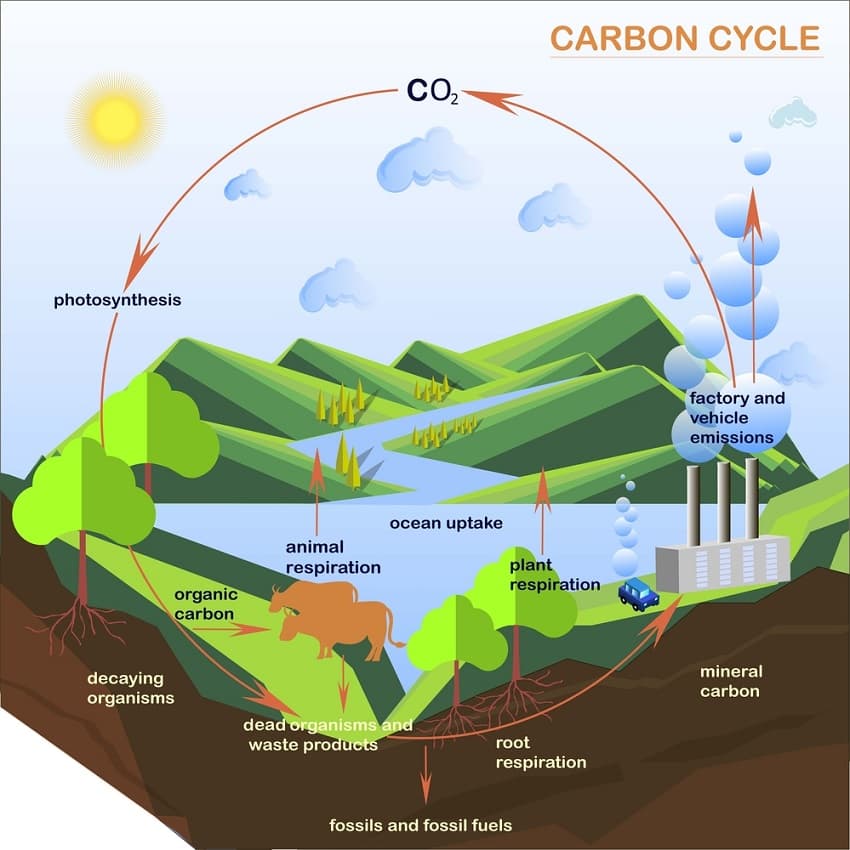
First, one needs to understand how serious the problem of CO₂ emissions is.
Few people know how much CO₂ is released during the combustion of one liter of petrol.
The answer is 2.3kg! Think about it for a minute, this is an astounding number. A car that consumes 8l/100km will release 18,4 kilograms of CO₂ per 100km.
On average, Europeans drive a distance of 20,000 km per year, which is about 3,7 tons of CO₂ each year per car.
For plane travel, the problem is worse. A round trip New York – Paris (14h) represents 0.67 tons of CO₂ per person in economy class. Business class passengers count double as they take proportionately more space in the plane.
For persons who fly, even a couple of times per year, their carbon footprint coming from plane travel will quickly represent more than half of their total carbon footprint.

There are solutions. First of course, first, we should try to limit our consumption. For example, we can reduce our airplane travel. Any trip less than 1000 miles long should be made by train or car. Less flying doesn’t necessarily mean less vacation: one can travel less often but stay longer.
Second, we should compensate for our carbon emissions by planting trees. They absorb CO₂ and produce oxygen. At the same time, this should be seen as a helping factor, not a justification for more emissions.
A tree planted in temperate regions absorbs 100 kg of CO₂ over 25 to 30 years on average. For example, if the CO₂ footprint of a person in a given year is 20 tons, by planting 200 trees, that person’s carbon emissions will be absorbed in 25 to 30 years․

The carbon dioxide, released as a result of human, animal, and bacteria activity, is absorbed by parts of Earth’s ecosystems: the atmosphere, the oceans, and the Earth’s crust.
Movements of the Earth’s crust can bury carbon-containing chemicals such as dead plants and animals deep underground, where their carbon cannot escape back into the atmosphere. Over millions of years, these underground reservoirs of organic matter liquefy and become coal, oil, and gasoline. Nowadays, humans have begun releasing much of this sequestered carbon back into the atmosphere by burning these materials to power cars and other equipment.
Some quantity of carbon dioxide in the atmosphere is vital to life on the planet, as it regulates the temperature, but large quantities of carbon dioxide, which is a greenhouse gas, have devastating effects as it warms up the Earth and breaks the natural balance.
Excess CO₂ is partly absorbed from the atmosphere by the oceans, whose water molecules can bond with it to form carbonic acid. This leads to acidification of the oceans, and it is currently responsible for the death of many coral reef communities.
Finally, plants can remove carbon dioxide from the atmosphere, as carbon is their building block. Trees take the atmospheric carbon and turn it into sugars, proteins, lipids, and other essential molecules for life. This is how by growing millions of trees, we support the capture of atmospheric carbon and work against climate change.
